I’m sure you already know that learning letters, especially their sounds, is an important part of learning to read {and spell} After all, phonics is the basis of the English language.
But what do you do when letter learning doesn’t come easy for your child? I mean it seems he’ll never get it. Today, I like to share some simple tips with you that may help prep your child for Kindergarten and beyond.

*This post contains affiliate links.
Learning Letters – Don’t Strip the Fun Away
Before I share, I want to say this loud and clear:
Every child is different. Every child progresses at a different level. For some, learning letters and their sounds clicks at age 2. For others, it doesn’t click until later. Every child is different.
Comparing the child {who hasn’t had that light bulb moment} to a sibling or friend’s child who already has is unfair to you and it most certainly is unfair to your child. When we come to teaching {anything} with a mentality of “you have to hurry up and learn this”, the wonder and fun of learning is stripped away. Your child will sense this.
So breathe. Pray. Ask God to help give you fresh eyes for this child. And just enjoy!
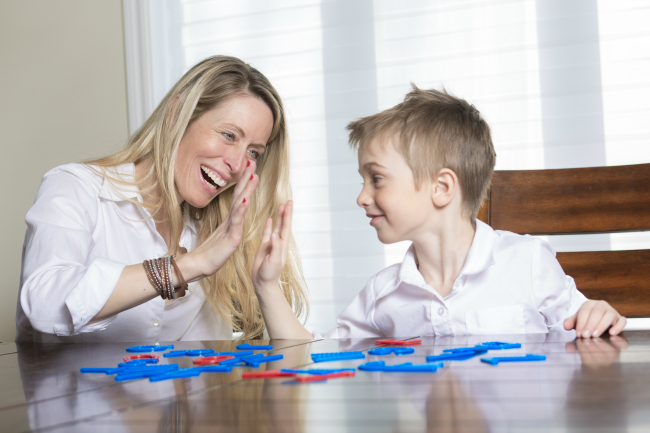
Learning Letters – 5 Tips When It Doesn’t Come Easy
With that said, let’s get started! {And…if you didn’t read the section above, please do!} The following tips work best when they are used TOGETHER.
1. Keep it Simple.
Don’t go overboard and think that you need to focus on every letter all at one time. If letter learning isn’t so easy for your child, zero in on one letter for a few days. Point it out everywhere you see it. Model its sound. I recommend starting with the letters in your child’s name {see below} and/or starting with common letters of the alphabet, like r, s, t, m, or p.
2. Watch out for Confusing Letters.
Some letters, when taught at the same time, are especially confusing for kids.
Take, for example b and d {or q and p}. They look an awful lot alike. And chances are, if you’re trying to teach them together, it may confuse your child.
Another example of a confusing pair could be t and d because the sounds are both made the same way with the mouth. {Don’t believe me? Whisper the word mad. Did you notice that the d sounds almost like a t ?}
3. Make it Personal.
Names, names, names. Start letter learning with your child’s name. Names are meaningful to kids.
Of course, the ability to recognize and even write her name is important, but does she know the individual letters? A fun yet simple activity is to hide the letters of your child’s name around the room. You could use letter blocks, pieces of an alphabet puzzle, or just write the letters on sticky notes. Let her find them and put them back in order. Name each letter as she does.
Favorite Toys & Interests. Interest is key with any kind learning, even for adults!
Use toys and interests to your advantage. Go on a letter sound hunt with toys. Again, you don’t have to focus on all the letters. Just pick 1 or 2.
If she’s into riding her bike, write letters on the road and have her ride over them while you say the letters/sounds.
4. Make it Playful & Multi-Sensory.
This is a BIG one! Move. Talk. Shout. Touch. Play. In general, the more connections our brain can make with something through the 5 senses, the stronger the connection will be. Plus, playing through multi-sensory activities can make learning letters more appealing, even to reluctant learners.
This is one reason I created Learning the Alphabet. It’s full of multi-sensory activities for every letter of the alphabet! It’s my go-to for letter learning.
5. Start with the Beginning.
And no, this doesn’t mean start with letter a. What it does mean is start with beginning sounds in words. These are easier for younger kids to hear and learn. To help do this, it can help to pronounce words by repeating the beginning sound when you say them, like d-d-dog or stretching the beginning sound, like sssssock.
More Tips for Teaching Letters & Sounds
FREE Printables for Letter Learning
Here’s a list of printables for letter learning you may enjoy using with your child!
- ABC Printable Packs
- Alphabet Playdough Mats
- Beginning Sounds Coloring Pages {The Measured Mom}
- Beginning Sound Clip Cards {The Measured Mom}
- Beginning Sound Picture Cards
- Consonant Sound Sorting Mats {The Measured Mom}
- Build-a-Flower Letter Sounds
- NO PREP Beginning Sound Games
- Find the Letter {The Measured Mom}
Check out this entire series!
*Photos included in the post are from Adobe Stock.
Enjoy!
~Becky
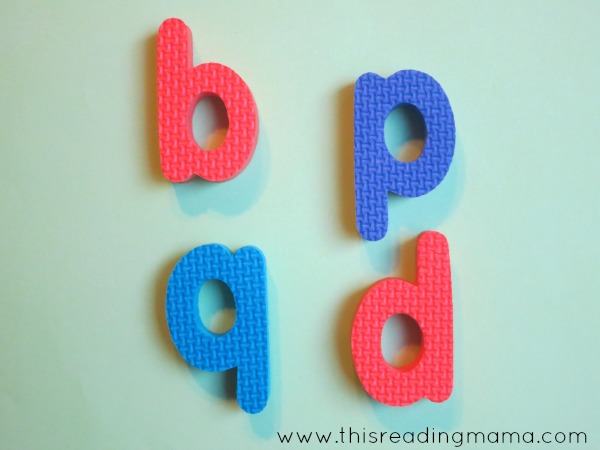
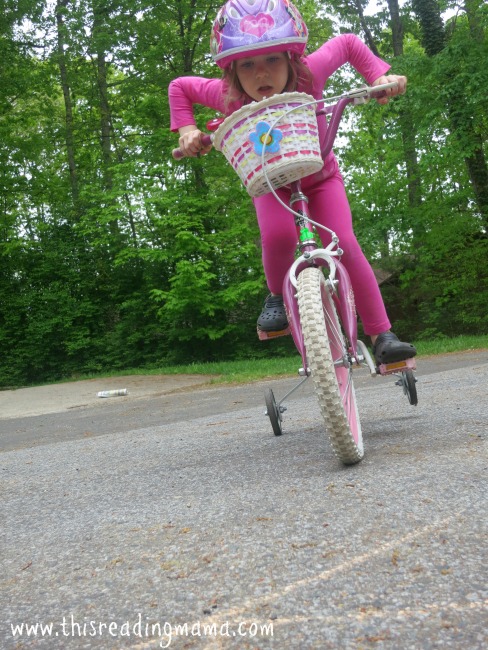
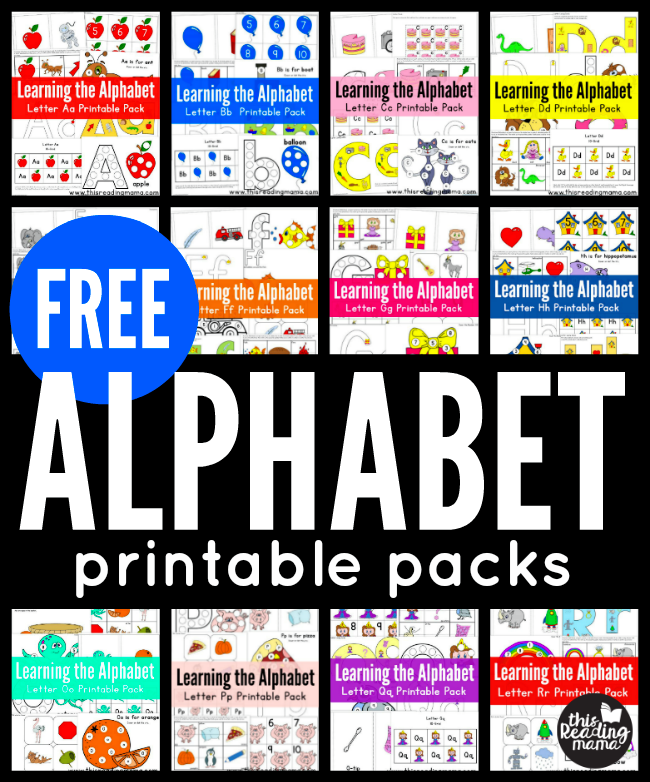
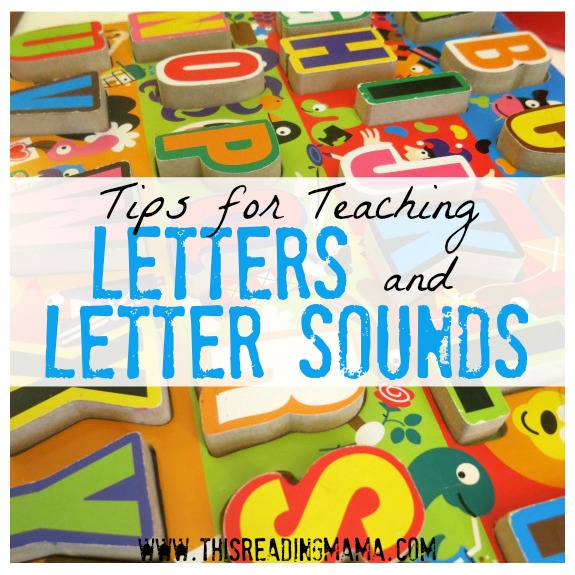
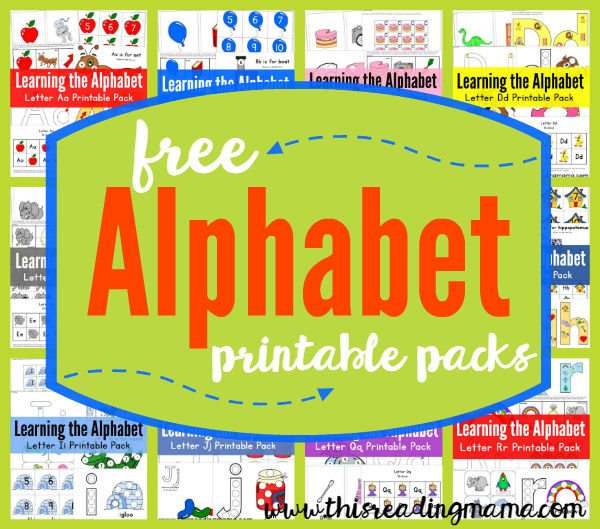
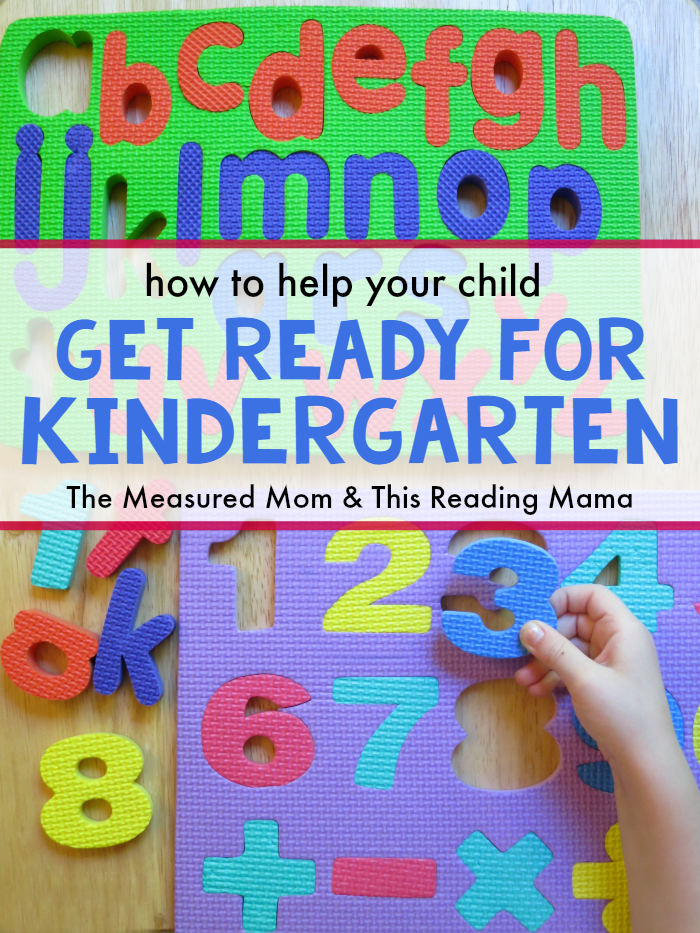
Thanks for writing this! My son has been struggling to learn the letters & I’ve been feeling like a failure. I’m going to take a step a deep breathe & try these suggestions!
Yes. Deep breaths, mama. And remember that most young kids just like to play, so integrate that play as much as possible! 🙂
I’m so glad I came across your posts! My son just started Kindergarten and I had no idea that he was behind until parent/teacher conferences this past week. I feel like each week he’s falling further and further behind. They are adding three new sight words each week and he doesn’t even know all his letters or letter sounds. Can I do letter sounds plus the sight words the teacher is sending home at the same time? I feel like it’s impossible to catch up.
Oh my. You are in a tough spot. Is there anything you can work out with the teacher? If he still needs to work on a lot of letters/sounds, sight words may just be a guessing game for him and depending on how good he is at guessing, I suspect his brain will only be able to hold on to so many words with that technique. Even with sight words, adding the letters/letter sound knowledge will give him more of an anchor to “hold on” to the words.
I’m sorry you’re dealing with this. In my opinion, most Kindergartners aren’t ready for 3 new sight words a week this early in the school year.
Hi Becky! I’m a couple of years away from formally teaching letters to my kids, but I’ve already thought that if I could incorporate movement of some kind, I’d stand a better chance of piquing my son’s interest! He loves to jump, run, and ride his bike, so I try to think of ideas that would enable him to do those things while learning.
This stuff HAS to be fun if we want our kids to truly embrace learning 🙂 Thanks forswearing your great ideas! Pinned!
What a great idea! Movement is always a good idea! 🙂